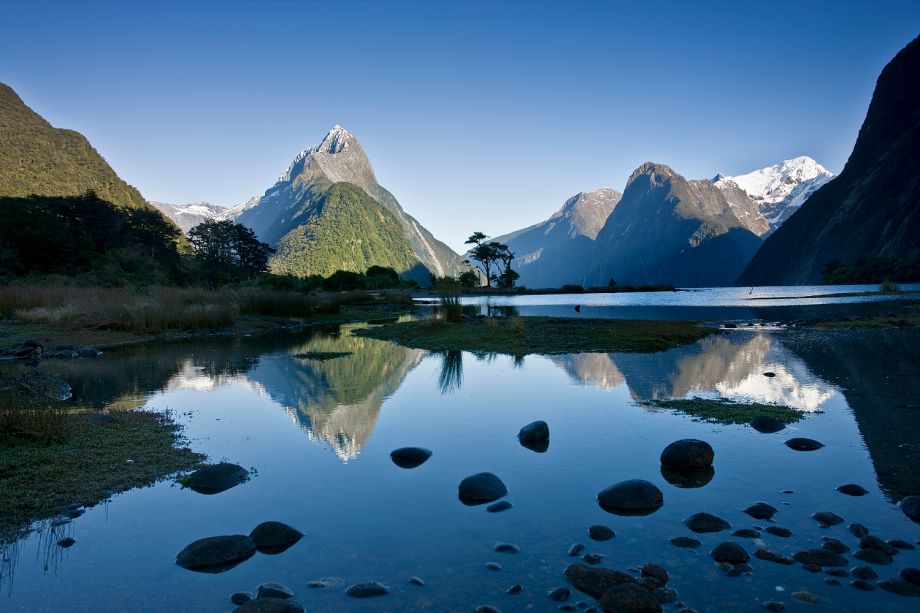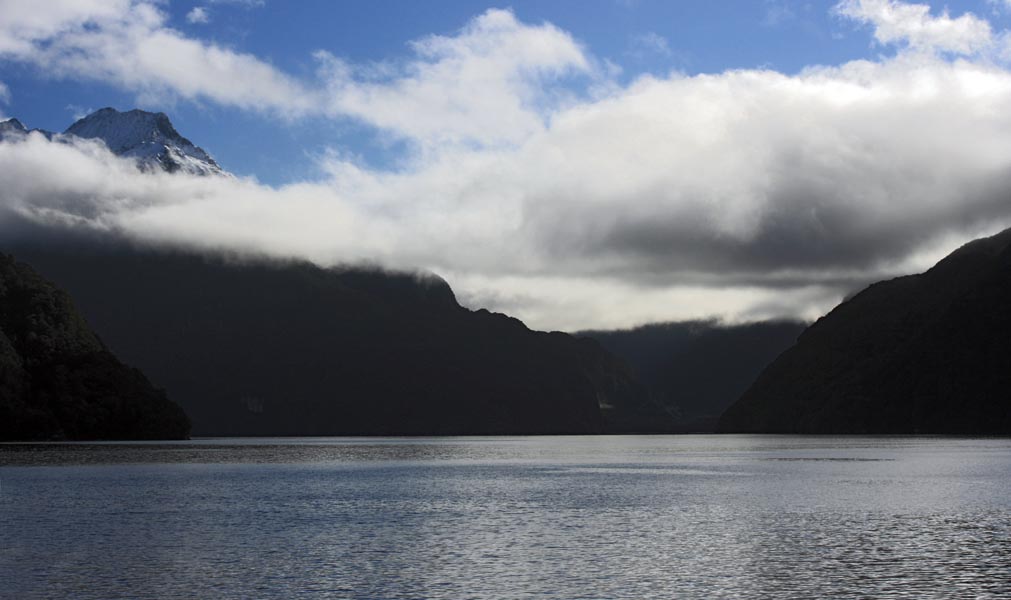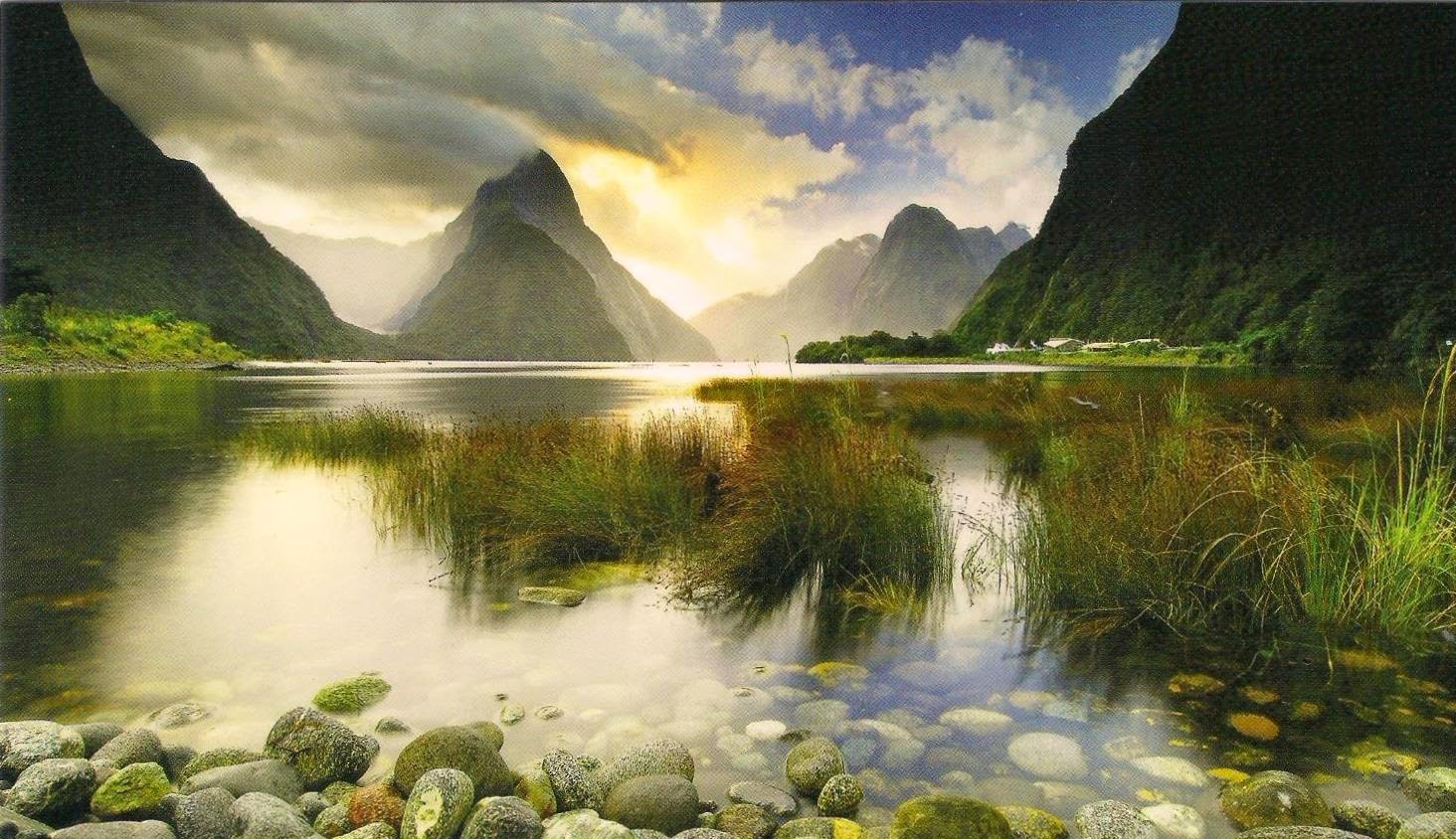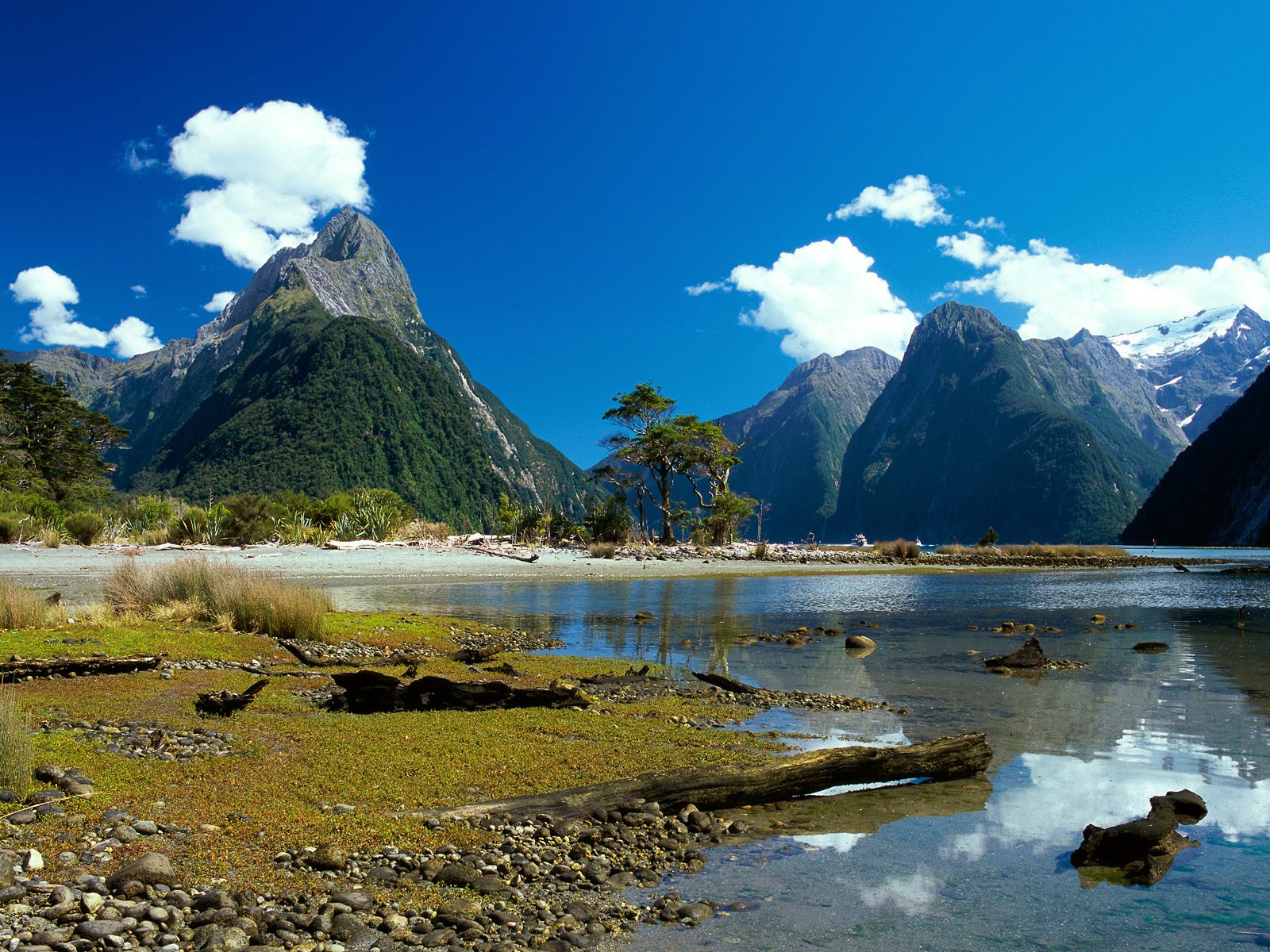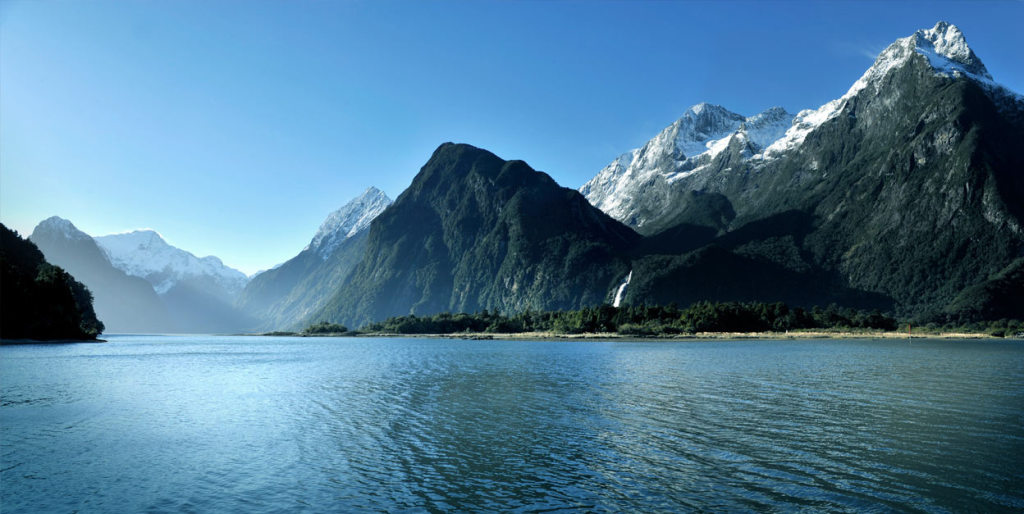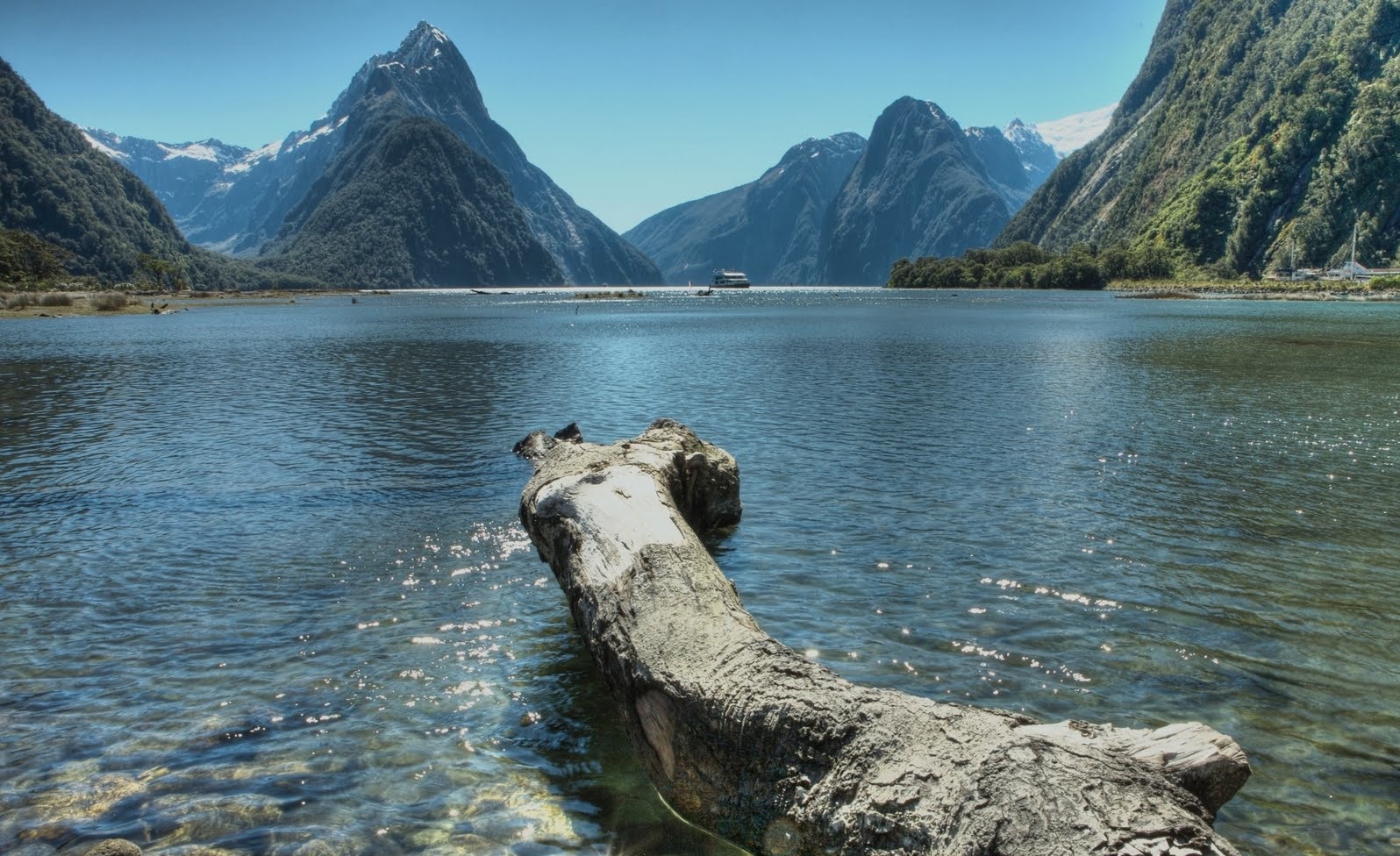Te Wāhipounamu (Māori for "the place of greenstone") is a World Heritage Site in the south west corner of the South Island of New Zealand.
Inscribed on the World Heritage List in 1990 and covering 26,000 km², the site incorporates four national parks:
Aoraki/Mt Cook
Fiordland
Mt Aspiring
Westland
It is thought to contain some of the best modern representations of the original flora and fauna present in Gondwana, one of the reasons for listing as a World Heritage site.
Te Wahipounamu was added to the UNESCO World Heritage List in 1990. The Westland and Mount Cook National Park and the Fiordland National Park were previously inscribed on the list, but are now considered under Te Wahipounamu, which covers all of these areas. To be inscribed on this list Te Wahipounamu met several criteria. It contains many of the natural features that contribute to New Zealand’s reputation as a place with exceptional landscapes. It is considered the best modern example of the biota of Gondwanaland and is therefore of global significance. There is a high degree of geodiversity and biodiversity and the habitats are largely unmodified. And finally, there is an extensive range of New Zealand’s unusual flora and fauna, which demonstrate its evolutionary isolation.
As the largest and least modified area of New Zealand's natural ecosystems, the flora and fauna has become the world’s best intact modern representation of the ancient biota of Gondwana. The distribution of these plants and animals is inextricably linked to the dynamic nature of the physical processes at work in the property. The region contains outstanding examples of plant succession after glaciation, with sequences along altitudinal (sea level to permanent snowline), latitudinal (wet west to the dry east), and chronological gradients (fresh post-glacial surfaces to old Pleistocene moraines).




